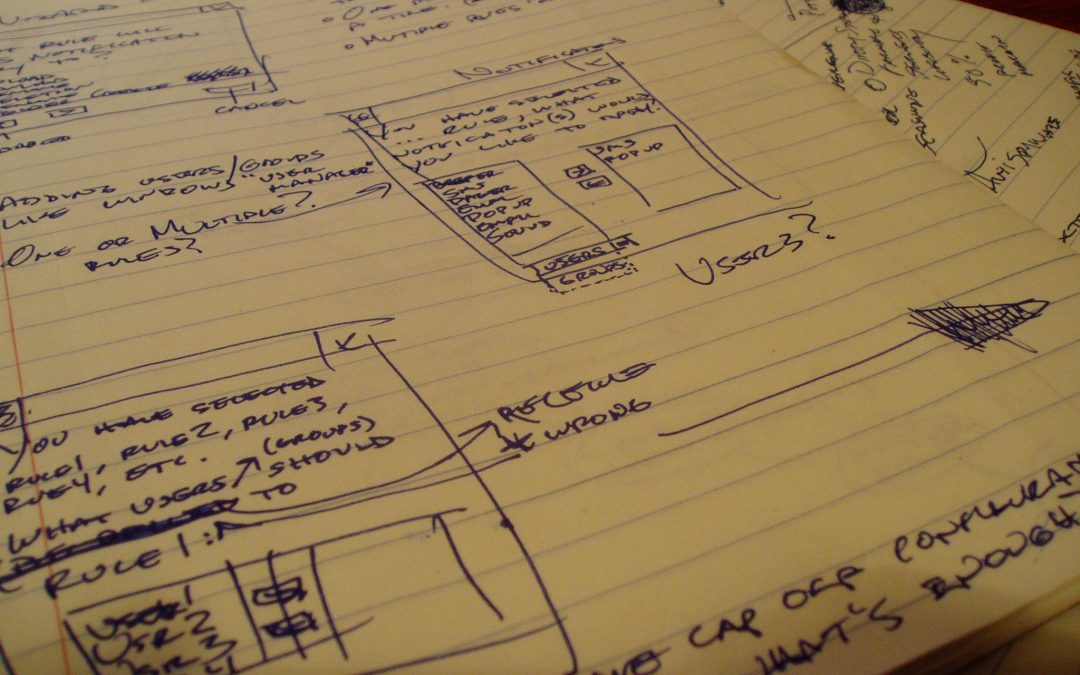Is there much more to ponder than the past, the present and the future? I find it ironic that as a healthcare executive I gained a small reputation as a person who was always thinking about tomorrow, when in fact in an age-appropriate way, I spend much more time thinking about what has already happened. When I was first learning A3 thinking I thought that my favorite part of the process was “Box 9,” which is where we look back at what we have done and forward to what we still need to do and to where we are headed on the road forward.
Box 9 is where we pause to reflect on what we learned, on what went well, on what did not go so well, and on what could be improved in the future. I saw Box 9 as the beginning of the next cycle of continuous improvement. As I have thought more about the intellectual process for which A3 is a nickname, I now begin to realize that every step requires deep reflection and is an opportunity for “autonomous collaboration” and collective discernment. Just to keep us together, let me reference a definition of discernment.
From Vocabulary.com:
Discernment is the ability to make a smart judgment about something. . . .
The noun discernment describes a wise way of judging between things, or a particularly perceptive way of seeing things. If you can understand something that’s somewhat hidden or obscure — if you figure out the themes of a confusing movie, for example — you’re using discernment. It comes from the Latin word discernere, meaning, “separate.” Discernment separates what’s important or true from what’s not.
One advantage of problem solving using Lean is that the process itself creates consensus, forcing the resolution of varyious points of view as together we decide what is important and what is not, what is doable soon and what will require more resources or should come later. Strategy deployment and leadership development occur through these Lean conversations. As we come together in a Lean event the first step is to collectively discern what problem we are solving. Sharing deep understanding or discerning the problem the same way across the group is necessary as a first step for meaningful change.
In almost all of our collective societal issues from what to do about the economy, to healthcare, to education, to infrastructure renewal, to the environment, and even to defense in a world of terrorists, the difficulty in coming up with solutions and strategies that work lies in the different ways in which we see the problem. In the smaller environment of a practice or a health system we can never expect to make real progress in our attempts to improve the enterprise unless we obtain consensus through a process directed at collectively discerning or understanding the problem and its origins. That is the first step in a Lean process.


